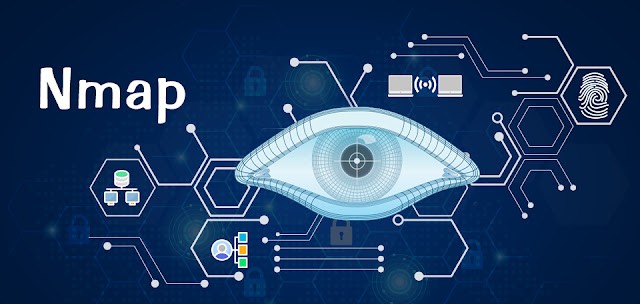When it comes to hacking, knowledge is power. The more knowledge you have about a target system or network, the more options you have available. This makes it imperative that proper enumeration is carried out before any exploitation attempts are made.
In this article, we discuss about network enumeration and its crucial role in cybersecurity. Our specific focus is on port scanning, a fundamental step in understanding the “landscape” of the network you’re targeting. Port scanning allows us to identify which services are running on the target systems, providing valuable insights for subsequent security assessments.
Understanding Ports
Before we dive into the details of port scanning, let’s clarify what ports are in the context of networking. Ports are like virtual doors on a computer that are used to receive and manage network connections. When a computer runs a network service, it opens a port to listen for incoming connections. Think of it as a receptionist directing visitors to different rooms in a building. Ports are crucial for handling multiple network requests or hosting various services on a single machine.
For example, when you open multiple web pages in a browser, each tab uses a different port on your computer to communicate with remote web servers. Similarly, servers often need to run multiple services simultaneously, such as HTTP and HTTPS, and they use ports to route traffic to the appropriate service.
There are a total of 65,535 available ports on a computer, but many of them are reserved for specific purposes. For instance, HTTP web services typically run on port 80, while HTTPS services use port 443. Knowing which ports are open on a target system is vital for understanding its vulnerabilities and potential attack vectors.
The Importance of Port Scanning
Port scanning is the process of systematically checking which ports are open, closed, or filtered on a target system. Without this knowledge, attempting to exploit a system would be like trying to enter a building without knowing which doors are unlocked. To initiate any successful attack, you must start with a port scan.
What is Nmap?
Nmap is a free and open-source network scanner that is widely used by security professionals to identify open ports on computers and networks. It is a powerful tool that can be used to assess the security risks of a system and to plan attacks. It’s the industry standard for good reason—no other tool matches its functionality and reliability. Nmap’s popularity stems from its ability to provide detailed information about open ports and the services running on them.
How Nmap works
Nmap works by sending packets to different ports on a computer or network. Depending on how the port responds, Nmap can determine if it is open, closed, or filtered.
Why is Nmap important?
- Identify open ports on a computer or network
- Determine which services are running on those ports
- Gather information about the operating system and hardware of the target system
- Detect vulnerabilities in the target system
Benefits of using Nmap
- Free and open-source
- Easy to use and has a comprehensive command line interface
- Very powerful and can be used to perform a wide range of tasks
- Constantly being updated with new features and improvements
Use cases for Nmap
- Security audits: identify open ports and services on a network, which can then be used to assess the security risks of the network.
- Penetration testing: identify vulnerabilities in target systems, which can then be exploited to gain access to those systems.
- Network mapping: map out a network and identify all of the devices and services that are connected to it.
- Troubleshooting: troubleshoot network problems and to identify the cause of connectivity issues.
Basic Nmap commands
- To scan a single IP address: nmap <ip_address>
- To scan a range of IP addresses: nmap <ip_address_start>-<ip_address_end>
- To scan for specific ports: nmap -p <port1>,<port2>,… <ip_address>
- To scan more aggressively: nmap -A <ip_address>
Nmap switches
Nmap offers a variety of switches that can be used to modify its behavior. Here are some of the most common switches:
- h: Displays the help menu.
- A: Enables aggressive scanning, which includes OS detection and service detection.
- sV: Probes open ports to determine service/version info.
- O: Enables OS detection.
- p: Specifies the ports to scan.
Examples of Nmap usage
- To scan a single IP address for all open ports: nmap 192.168.1.1
- To scan a range of IP addresses for ports 80 and 443: nmap -p 80,443 192.168.1.1-192.168.1.10
- To scan a web server for OS and service detection: nmap -A 192.168.1.1
In this introductory exploration of Nmap and port scanning, we’ve highlighted the significance of knowing your target’s open ports and services. Nmap is your go-to tool for this essential phase of network enumeration. In upcoming articles, we’ll talk more about Nmap’s capabilities. Armed with this knowledge, you’ll be better equipped to secure your own systems and assess the security of others.
– Rushen Wickramaratne

